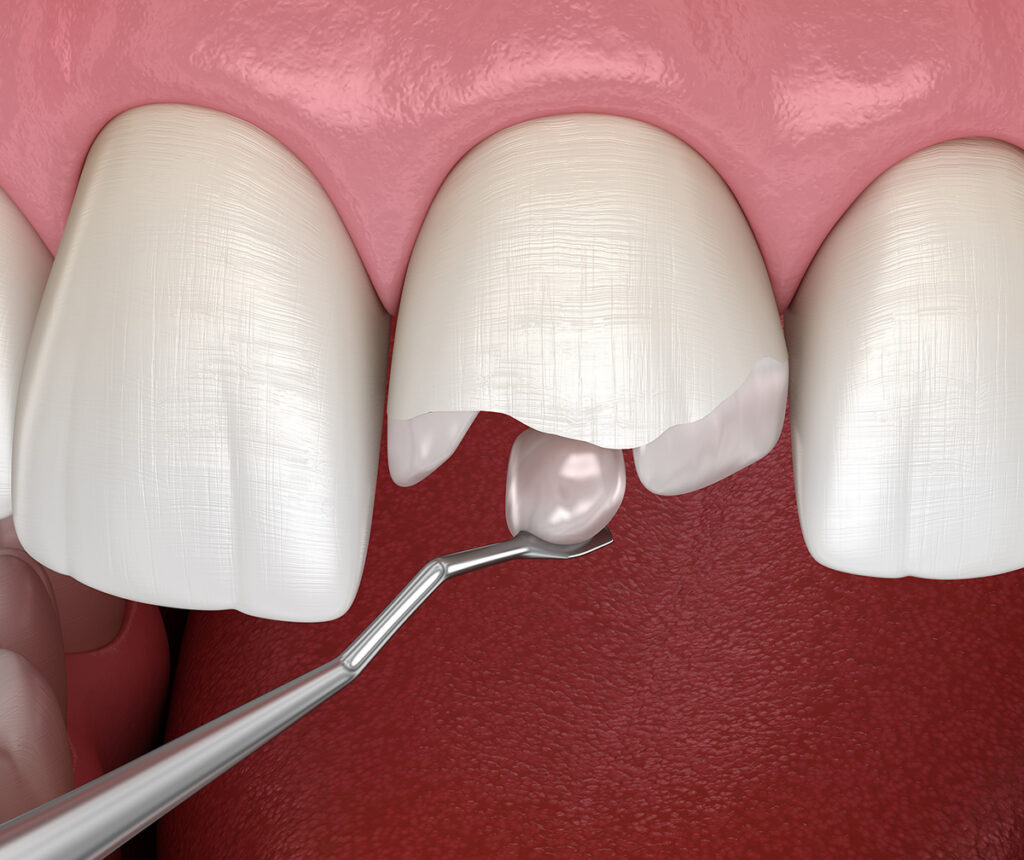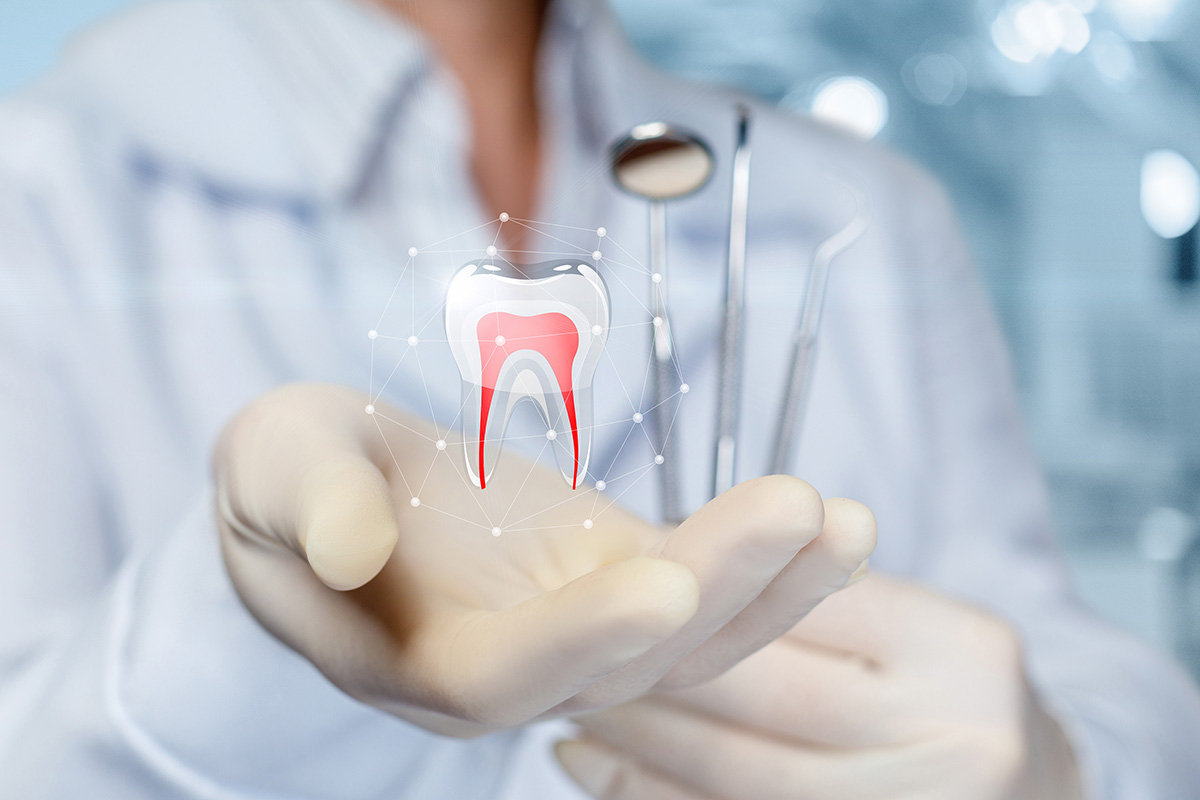Dental Restoration: Indications, Methods, Characteristics, Materials, and Prices
Tooth restoration is a procedure to restore the shape of a broken or partially decayed tooth with composite or ceramic materials. When only a front tooth needs to be restored, the doctor just uses a filling for the restoration. If the damage is serious and the crown is partly destroyed, the shape and the shade of the missing fragment are restored with a veneer or a metal-free crown.
The art of teeth modeling and restoration helps to restore the tooth physiology, to improve the beauty of a smile, even if the patient has no other complaints but aesthetic.
When a tooth should be restored with filling materials
Cosmetic dental restoration may be required in the following cases:
- To correct teeth sizes and shapes.
- To hide gaps in between teeth, to restore decayed front teeth, to fill little gaps.
- To restore an incisal edge.
- Fixing chipped teeth.
- To restore shade.
In dental practice, aesthetic restoration of anterior teeth is more complicated comparing to posterior chewing teeth. It’s because the front teeth are visible when talking and smiling. The specialist has to be careful during the enamel restoration, especially when building up porcelain layers with varying degrees of translucency. The teeth beneath are naturally yellow, and the incisal edge is white and translucent.

Tooth restoration: options and methods
Our clinic offers different types of dental crown buildup:
1. Direct restoration
The procedure is performed right in the oral cavity using micro- and nanocomposites. These reflective materials fully replicate the real properties. Composite dental restoration is completed in just one visit. In one treatment procedure, the doctor can completely restore the tooth, including imitation of all its layers (incisal edge, dentin, and enamel), taking into consideration their optical properties and natural shade.
2. Indirect restoration
The procedure consists of several stages. First, an analog (with a spoon and material) or optical impression (with an intraoral scanner) of teeth is taken. Modern CAD/CAM equipment is used to make veneers, non-metallic crowns, inlays of restorative materials. At the end, the dentist cements the inlays in the teeth.
Artistic teeth restoration in the latter case will be more expensive comparing to direct restoration, which can be without teeth facing. The procedure is conducted at the dentist’s office in 2 visits.
How much does artistic teeth restoration cost
The price of anterior dental crown buildup is higher comparing to chewing teeth. It’s because of the level of complexity of the dentist’s work and the time spent on restoration.
The price depends on many factors:
- The size of affected tooth tissues.
- Types and surfaces with teeth to be restored. It can be external, internal, chewing, interdental space, restoration of the tooth’s incisal edge.
- Types of photopolymers used in work.
- Technology of restoration of enamel and dentine (with imitation of all layers or filling the mold with the material of one color).
To restore the beauty of your smile, to restore your teeth shade and shape, get an appointment for an artistic teeth restoration at Denta Vita. Come for an initial examination to find out how much it would cost to build a tooth in your case and how long the procedure will take.

